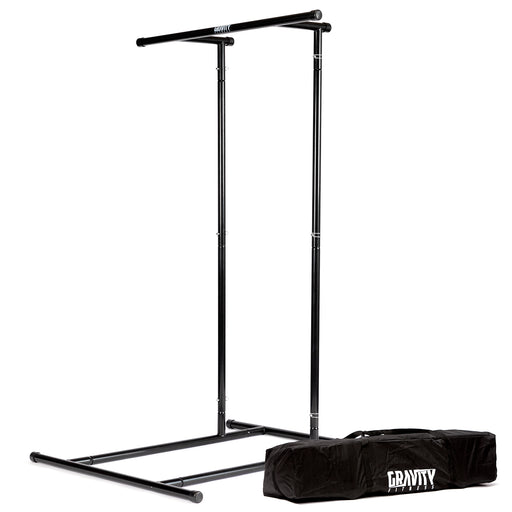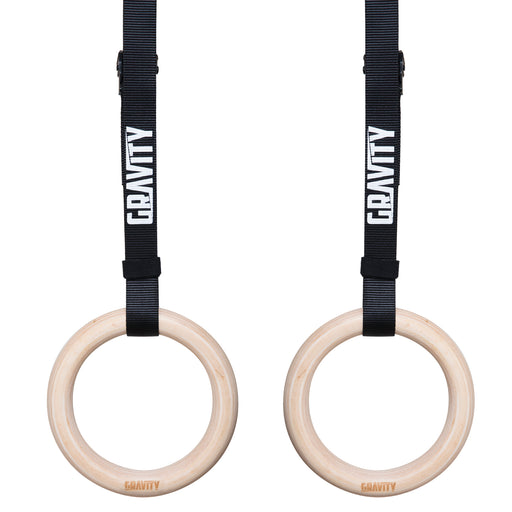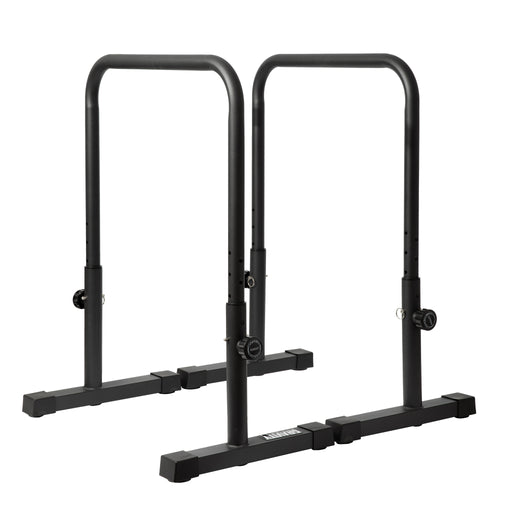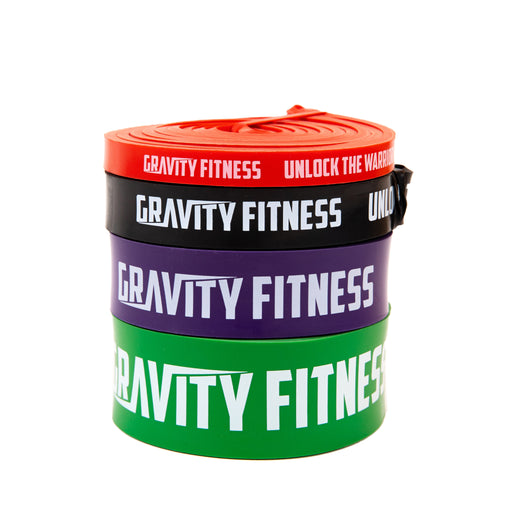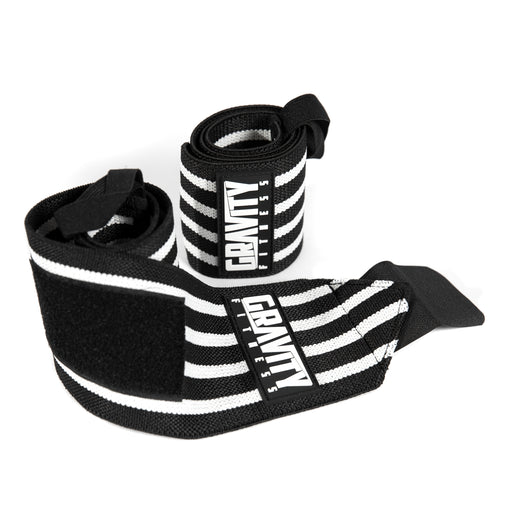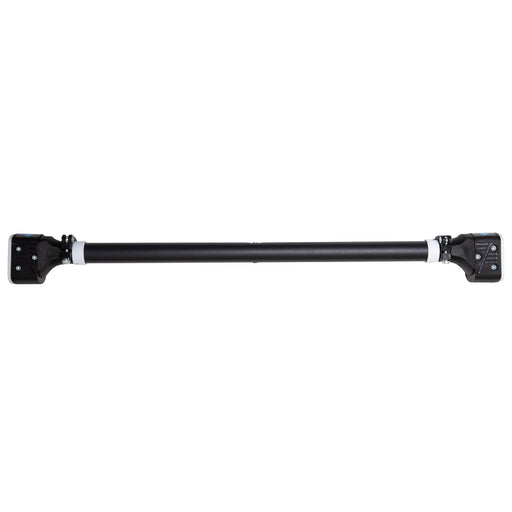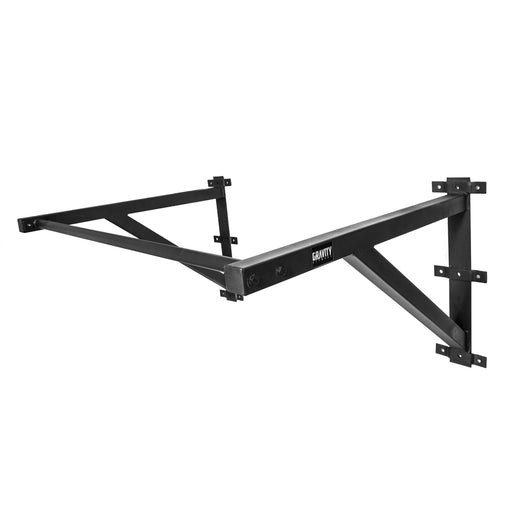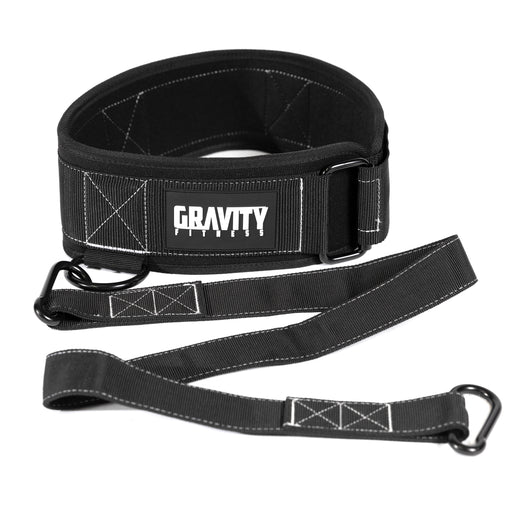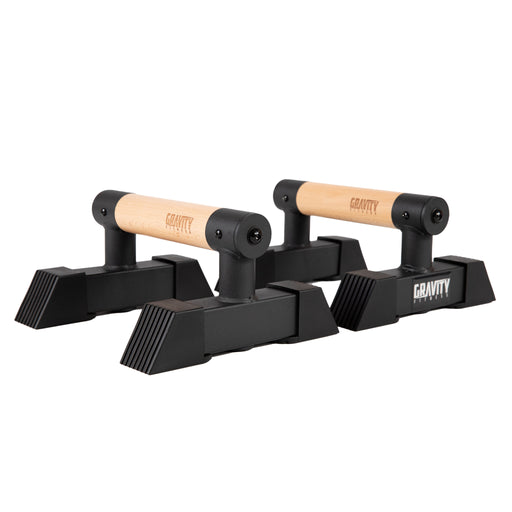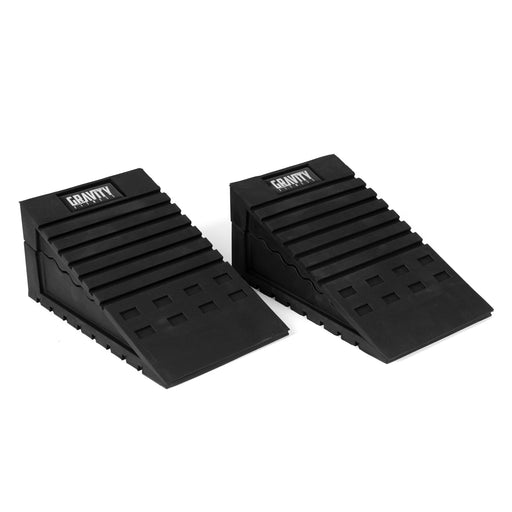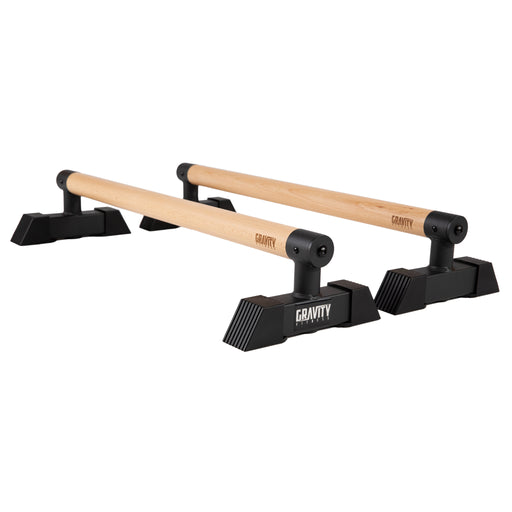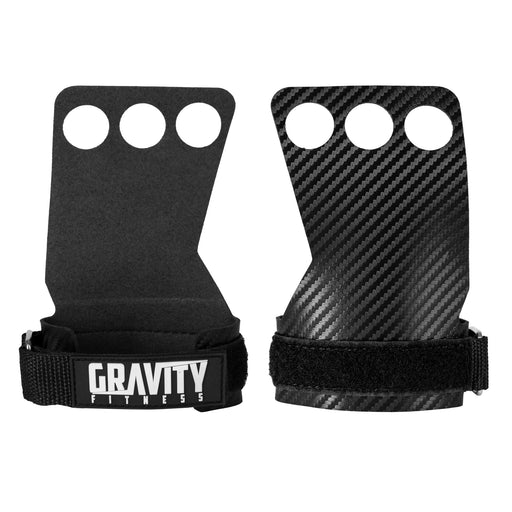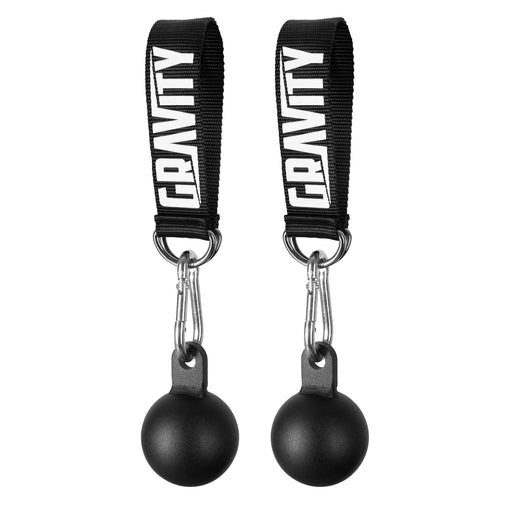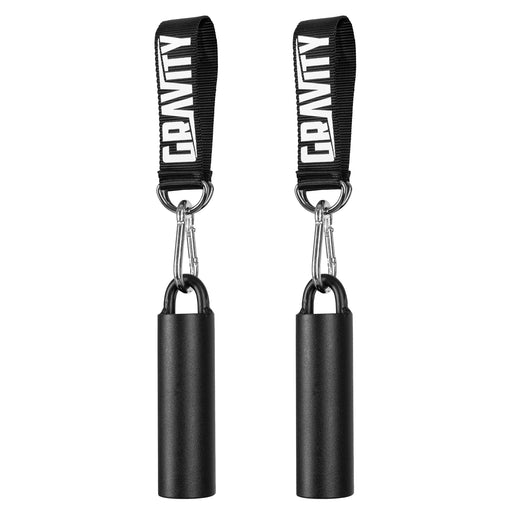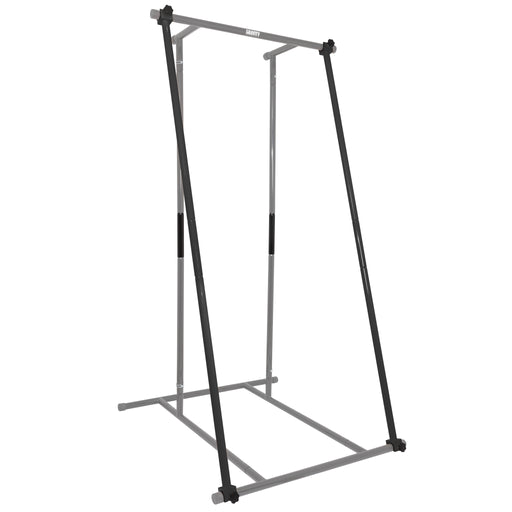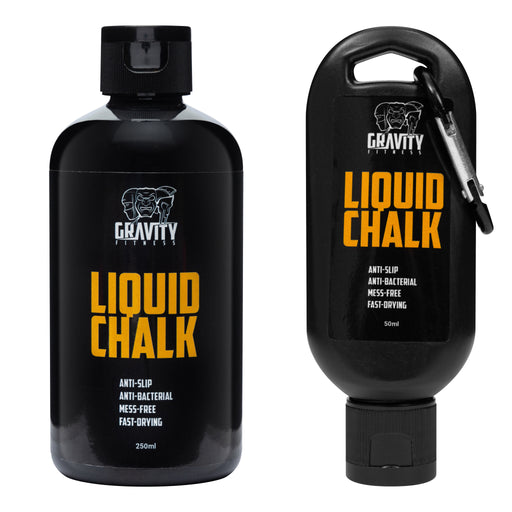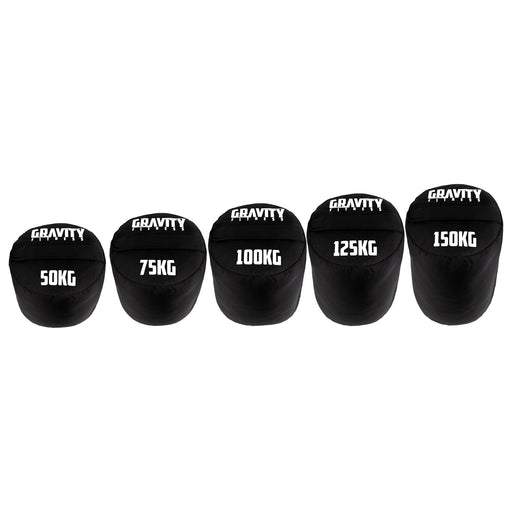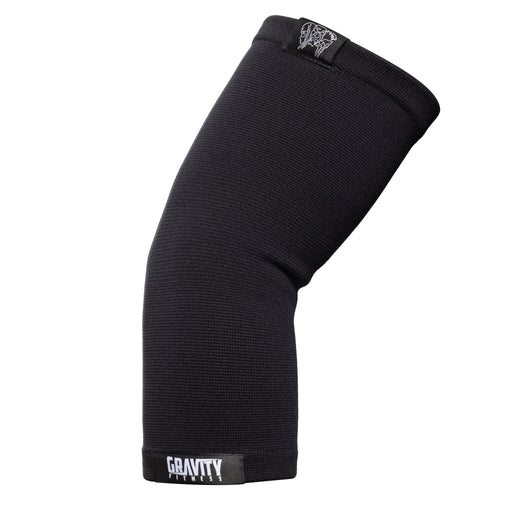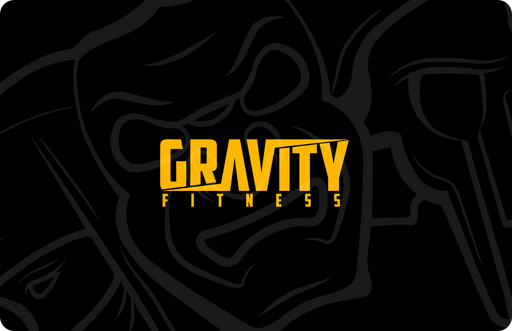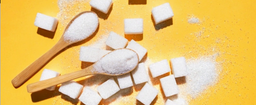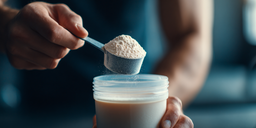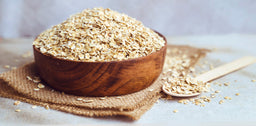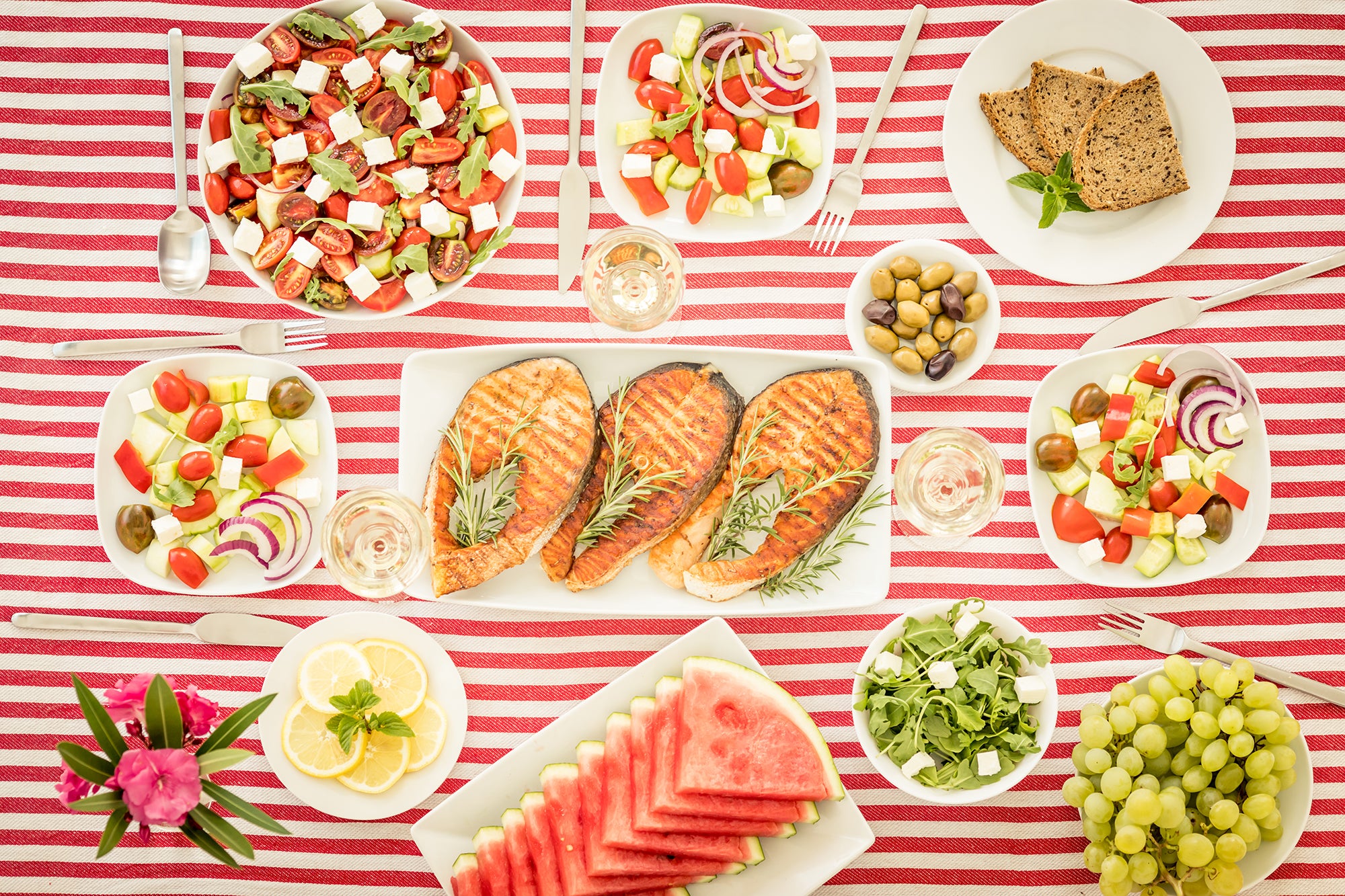
When is "diet food" not "health food"?
When is "diet food" not "health food"?
Diet food might be lower calorie, but is it always healthier? Here are the pitfalls to avoid when choosing diet-friendly foods – and the healthiest ways to choose lower calorie foods.
What is “diet food” anyway?
The concept of “diet foods” is one of the weirdest (but probably most successful) things the food marketing industry has come up with. People had been losing weight successfully for hundreds of years before diet foods existed. But labelling things means you can charge a premium for them. Is this what’s happening with diet foods? Maybe.
The basics of dieting for fat loss
Before we explore the pros and cons of diet foods, let’s revisit the basics of dieting. As you know, the basis of all weight loss or fat loss is a calorie deficit. That means creating a gap between the number of calories you take in, and the number of calories you expend.
Once you have that calorie deficit in place, everything else is secondary. What you eat, how often you eat, what your macros are, and what type of diet you follow are decisions that can make it easier or more difficult to achieve the calorie deficit. But the deficit is the thing that will cause the weight loss.
The big problem with diet food
Diet foods sprung up when food companies realised they could monetise people’s eagerness to lose weight. As more people understood that calories are the main factor, food companies created low calorie versions of existing foods. Then came low fat, low sugar, and low carb foods – all playing on people’s fears over different macros.
But there are two big problems with these manmade diet foods. Firstly, they are completely unnecessary. Nature already does a great job of growing diet-friendly foods in the form of lean proteins, starchy carbs, and vegetables.
Like so many manmade foods, diet foods usually contain thickeners, fillers, preservatives, and sweeteners. These aren’t a problem per se. But they can cause problems with your gut health, leading to bloating and discomfort. And they can make the food in question very moreish, meaning you’ll need extra willpower to avoid eating another serving. If you end up eating 3 “diet” snack bars, you might as well have eaten one “regular” chocolate bar.
And that’s the biggest problem of all. Slapping the word “diet” on a food product makes consumers think the food contains minimal calories, which can lead to overeating.
The health halo effect
The health halo effect refers to our tendency to overestimate how healthy or low-calorie something is based on a single claim. For example, if we see “low fat” on a label, our brains will think it is low calorie and healthy – when it might not be either of these things. The health halo effect is particularly problematic with high protein foods that are assumed to be generally healthier than their lower-protein counterpart. (1)
5 diet food pitfalls
1 Not reading the nutrition info
Before you buy a diet food, look at the actual calories per serving. Don’t just assume it will be low-calorie because it has the word diet on the label.
2 Assuming “low-“ means healthy
If something says it’s low fat or low sugar, it could still be high in calories. Be sure to read the nutrition label to fully understand the numbers.
3 Extrapolating a single claim
Don’t fall foul of the health halo effect. Ignore the marketing claims and always go to the nutrition label on the back for the full picture.
4 Favouring calories over nutrition
Even when a diet food does actually give you a legit low calorie option, it might not be good for you. Be sure it’s a worthy addition to your daily eats.
5 Ignoring satiety
One of the most important factors in a healthy fat loss diet is satiety. If a diet food doesn’t help fill you up (or, worse still, if it kicks up cravings), it’s not helpful.
How to spot an unhealthy diet food
If something says it’s low sugar, sugar-free, or has no added sugars, read the label to see what’s actually in it (it may have plenty of natural sugars even if they haven’t added any extra) and what the actual calories are.
Low fat may not mean low calorie – after all, a bag of Percy Pigs is almost zero fat but they’re not a diet food. Honey on toast is low fat, but eat 5 rounds in front of the TV and wonder why you’re not losing weight despite your low-fat approach.
“Healthy wholegrains” are great, but don’t let this claim fool you. Diet foods often use wholegrains as a way to fool you into thinking the food is more natural that it really is. A bowl of oats or rice is a good example of wholegrains. A cereal bar or a bowl of choc n nut granola definitely isn’t.
Dairy free, gluten free, and suitable for vegans is not a sign that a food is diet friendly or healthy. Don’t let these marketing claims fool you. Turn the food over and look at the actual ingredients and nutritional info to decide for yourself.
The healthiest way to lose weight
There’s nothing wrong with using the occasional diet food to support your fat loss efforts – they can be tasty and add variety to your daily diet. But the healthiest way to lose weight is to stick to natural, whole foods. Wholegrains, vegetables, fruits, berries, lean protein, legumes, pulses, beans and lentils give huge “bang for their buck” in terms of volume for the calories. They also contain more fibre than manmade foods, which will help fill you up so you can actually eat more food for your allotted calorie intake. And they deliver valuable vitamins, minerals, and antioxidants so you’ll look after your health as you tend to your waistline.












